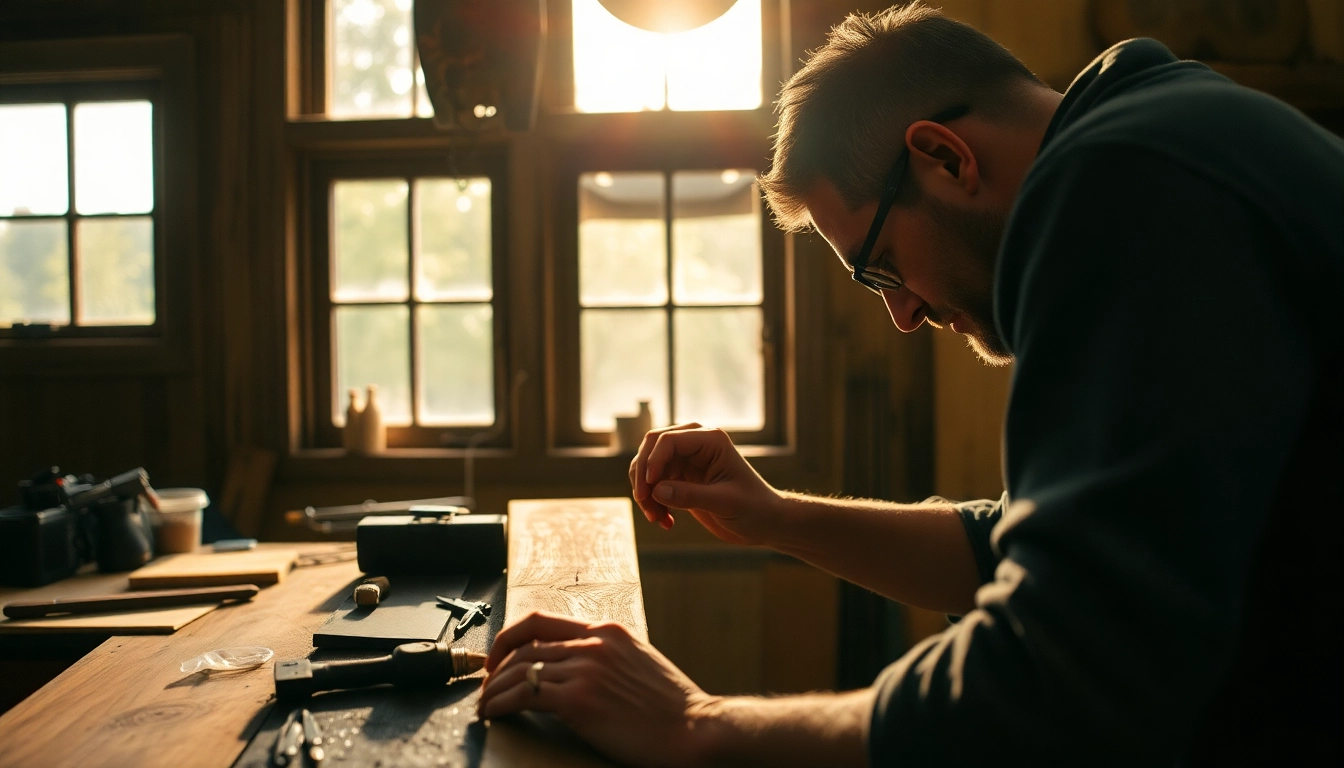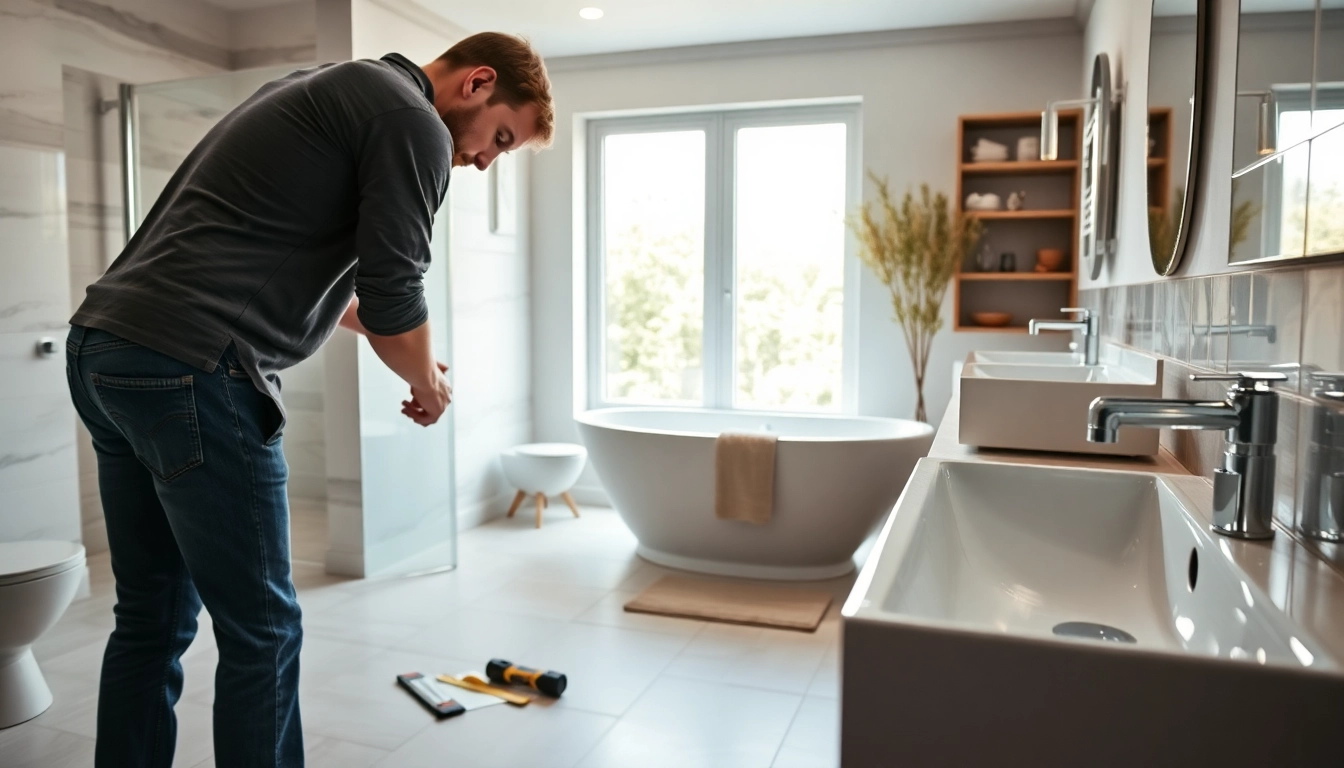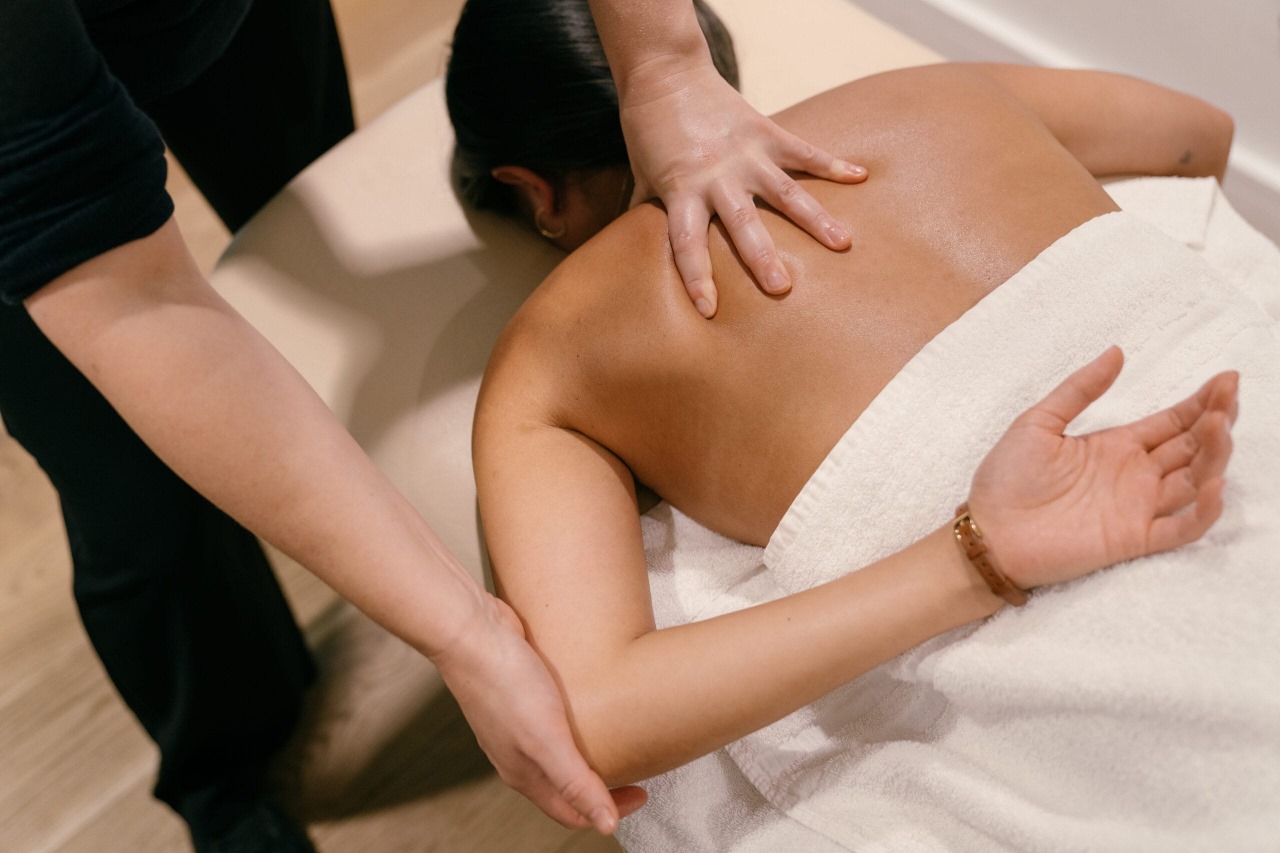
Understanding Back Bar Repair
When it comes to the bar industry, back bars play a crucial role in the overall aesthetics and functionality of the space. From displaying bottles to providing a stylish backdrop for drink preparation, back bars are not just fixtures but essential elements of any bar design. Unfortunately, like any furniture, they can suffer from wear and tear over time. This is where back bar repair becomes essential, ensuring that these structural components remain both functional and visually appealing.
What is a Back Bar?
A back bar typically refers to the counter or shelving area behind the bar where liquor bottles, glassware, and other bar essentials are stored. This area is designed not only for storage but also for display, often featuring decorative elements that enhance the overall ambiance of the bar. Back bars can be made from various materials, including wood, metal, and glass, and might incorporate LED lighting, mirrors, or unique cabinetry.
Common Issues Requiring Repair
As beautiful and functional as they may be, back bars can encounter several common issues that necessitate repair:
- Structural Damage: With frequent use and potential heavy loads, back bars can develop weak spots or even break. Common issues include loose shelves, broken supports, or cracked surfaces.
- Wear and Tear: Over time, the finish of wooden back bars can wear off, becoming chipped or scratched, making the setup look uninviting.
- Water Damage: Spills and condensation can lead to mold or swelling, particularly in wooden bars if not addressed quickly.
- Outdated Design: As trends evolve, a back bar that once looked stylish may start to appear dated, prompting a need for refinishing or restyling.
Importance of Timely Repairs
Addressing repairs on a back bar promptly is crucial for several reasons. First, it helps maintain the structural integrity of the bar, ensuring safety for both staff and customers. Secondly, timely repairs preserve the aesthetic qualities of the bar, encouraging customer satisfaction and repeat business. Lastly, regular maintenance can be a cost-saving measure; catching problems early can prevent more extensive repairs down the line.
Tools and Materials for Back Bar Repair
Essential Tools for Wooden Repairs
For anyone looking to tackle back bar repairs, having the right tools is critical. The basic toolkit could include:
- Screwdriver Set: Useful for tightening or removing screws that secure the bar structure.
- Drill: Essential for making new holes for screws or dowels if parts of the structure need to be replaced.
- Clamps: These are necessary for holding pieces together while glue sets, ensuring a strong bond.
- Sandpaper: An important tool for smoothing rough edges on wood surfaces prior to finishing.
- Paintbrushes: Necessary for applying stains or finishes to the bar after repairs are complete.
Choosing the Right Adhesives
Adhesives are vital in ensuring that repairs hold up over time. Different types of glue serve various purposes:
- Wood Glue: Ideal for reattaching broken wood pieces, it penetrates wood fibers for a strong bond.
- Epoxy: Useful for more serious structural repairs, offering moisture resistance and strength.
- Hot Glue: While not as durable, it can temporarily hold pieces together until more permanent solutions are applied.
Finishing Touches: Paints and Stains
After repairs, applying the right finish is essential to protect the wood and enhance its appearance:
- Stains: Provide color while highlighting the natural grain of the wood.
- Sealants: These protect the wood from moisture and spills, extending the life of the bar.
- Paints: For a complete change, paint can give old bars a new lease of life with modern colors.
Step-by-Step Guide to Back Bar Repair
Assessing the Damage
The first step in any repair process is thoroughly assessing the damage. This involves:
- Inspection: Examine all areas of the back bar, looking for loose joints, cracks, or water damage.
- Identifying Issues: Based on the inspection, determine which repairs are necessary and prioritize them.
Performing Structural Repairs
After assessment, proceed with structural repairs:
- Reinforcing Loose Joints: Tighten screws or apply wood glue between joints to strengthen them.
- Replacing Broken Sections: If parts are damaged beyond repair, replace them with new materials, ensuring they match the existing structure.
Repainting and Refinishing Techniques
The final touches are crucial for restoring appearance:
- Sanding: Smooth edges and surfaces of the wood where repairs were made before applying finishes.
- Applying Stain or Paint: Use even strokes to achieve a consistent look across all surfaces. Allow sufficient drying time.
- Sealing: Once the stain or paint is dry, apply a sealant for protection against moisture and wear.
Best Practices and Tips for Back Bar Maintenance
Regular Inspection Guidelines
To maintain the integrity and aesthetics of a back bar, implement a routine inspection strategy:
- Monthly Inspections: Check for any signs of damage or wear at least once a month.
- Immediate Repair: Address any small issues before they escalate into major repairs.
Preventative Care Strategies
Preventative care helps to extend the life of your back bar:
- Use Coasters: Always place drinks on coasters to prevent ring stains and condensation damage.
- Limit Heavy Loads: Ensure that shelves are not overloaded beyond their weight capacity to avoid structural failure.
Seasonal Maintenance Checklist
Adjust your maintenance strategy based on the seasons:
- Winter: Inspect for cold damage; ensure that there are no excess moisture problems.
- Summer: Check for signs of heat exposure, which can warp or crack wood.
Professional Services for Back Bar Repair
When to Seek Professional Help
While many repairs can be handled DIY-style, there are times when it is wise to seek professional help:
- Severe Damage: If the bar has experienced significant structural failure or extensive water damage.
- Complex Restorations: For aesthetic upgrades involving advanced techniques, such as intricate carvings or specialized finishes.
Choosing the Right Repair Service
When looking for professional services, consider the following:
- Reputation: Look for reviews or testimonials from previous clients.
- Experience: Assess whether they have experience specifically in back bar repair or restoration.
Cost Considerations and Estimates
Understand potential costs involved in repair services:
- Material Costs: Factor in the price of wood, paint, and adhesives.
- Labor Costs: Get a detailed estimate for labor costs based on the complexity of the repairs.






